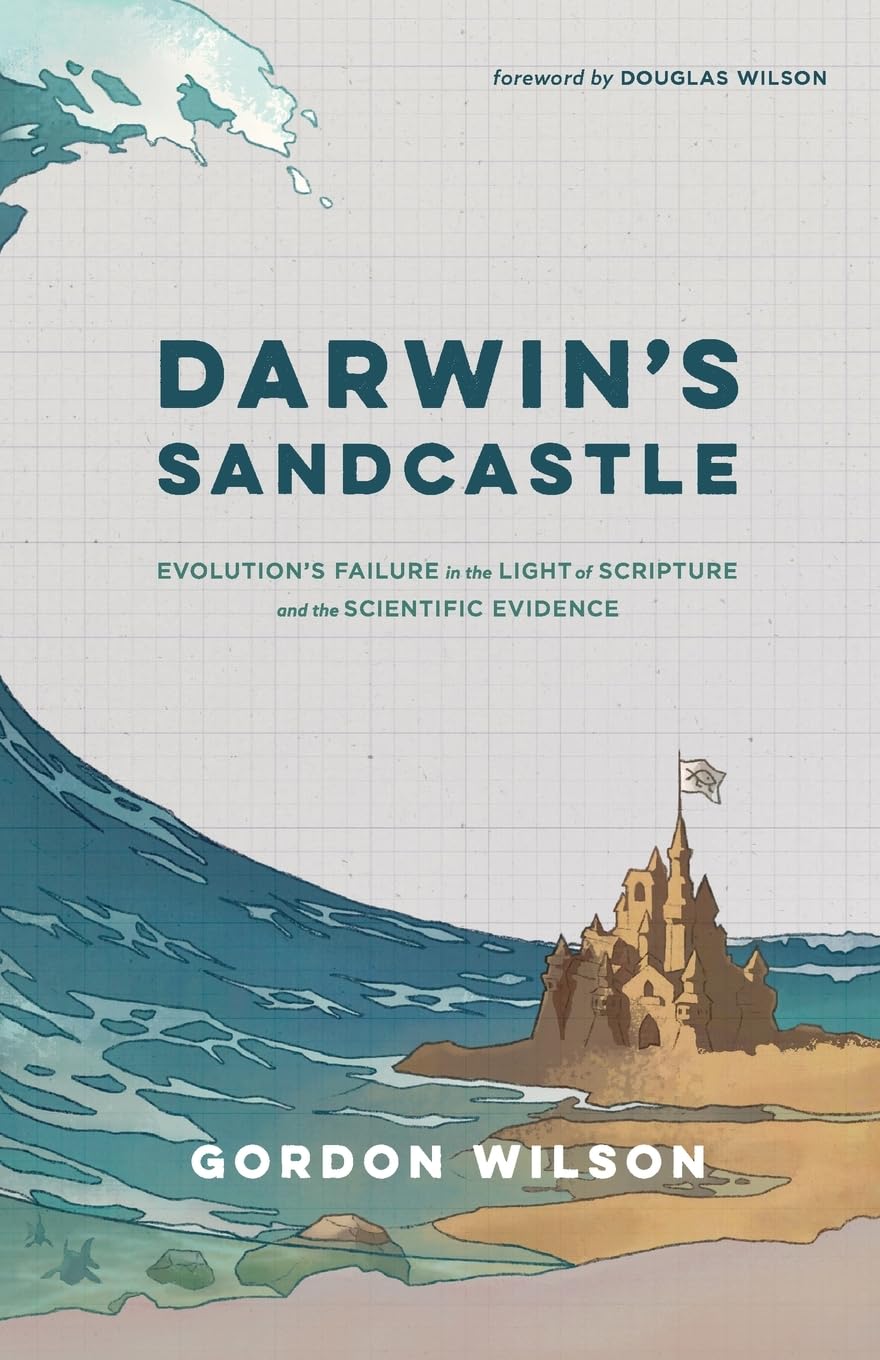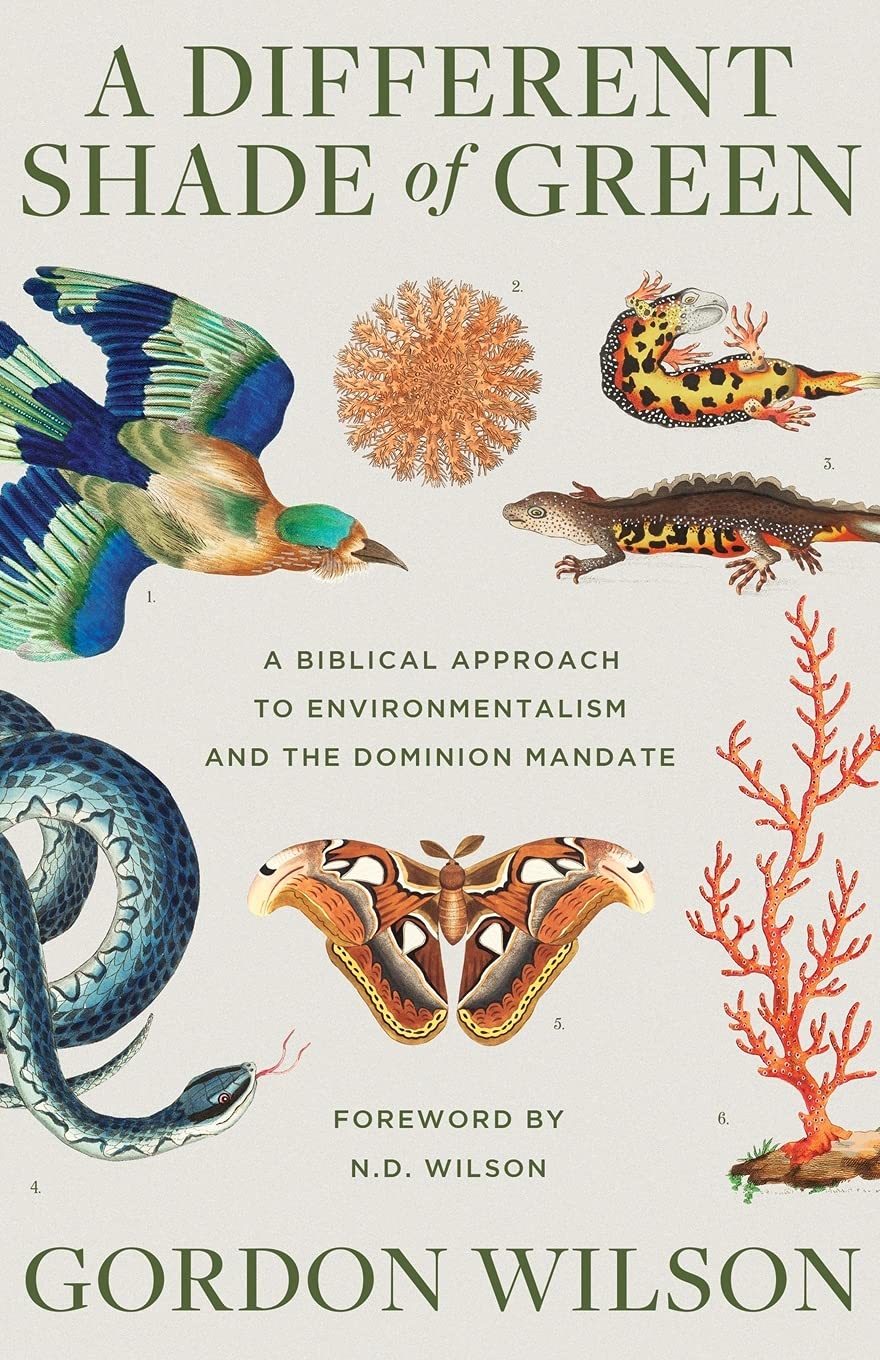In recent years, people have become really interested in genetics. They ask questions like “Who were my ancestors? What can I learn about my family through our genes? What mix of nationalities do I have?” As the genomes of various species, including humans, have been mapped, scientists have reflected on many issues. One of those issues is molecular clocks.
The idea behind a molecular clock is that genomes of modern organisms can be compared by looking for DNA differences in specific similar genes. Then an assumption is made about how long it took for the changes to occur. Further assumptions are that the organisms descended from a common ancestor, that the number of DNA differences is proportional to the time elapsed, and that the rate of change was constant. However, the accuracy of molecular clocks has been questioned recently because molecular clock-based time estimates do not match fossil record-based estimates. To correct this discrepancy, it is proposed that different organisms exhibit different rates of change. This way, different organisms’ divergence times can be matched with the assumed timeline associated with the fossil record. In other words, just tweak the numbers until you get the answer you want (Creation Science Association of Alberta 2023).
Last year, when I started researching tardigrades for the blurbs I attached to the crocheted ones I had made, I also found some interesting information about molecular clocks. Evolutionists have tried to use molecular clocks to estimate when tardigrades split from the other panarthropod phyla. Panarthropods are a proposed classification including arthropods, tardigrades, velvet worms, and an extinct group of legged marine worms called “Lobopodia”. For example, an experiment by Regier, et al. began by assuming all life came from a single common ancestor in the ancient past and the panarthropod phyla diverged from each other shortly after the Cambrian Explosion. Their genetic analysis confirmed relationships within the tardigrade kind but failed to definitively connect it to the other two phyla (Regier, et al. 2004). In the Young-Earth Creationist model, this is expected because tardigrades are a created kind, as are the different families of arthropods and velvet worms.
To explain this finding, the study authors suggest that the rate of change appears to be faster in tardigrades than in the other two phyla but also say, “Of course, these time estimates are no better than the method used for inference, and there is considerable controversy over the accuracy of molecular dating methods” (Regier, et al. 2004). It sounds a bit like an admission that their study failed to give them the answer they wanted but they are holding onto their evolutionary assumptions anyway.
Mapalo, et al. also tried to build a tardigrade family tree using both fossilized and living tardigrade species. Because DNA is not available from fossils, a genetic analysis could not be done on them, so the authors used differences in body surface, claws, mouth and throat, and egg morphology. The divergence times of fossilized tardigrades are based on the evolutionary dates applied to the rocks in which they were found (Mapalo, et al. 2021). This assumes that the mutation rate can be estimated based on visible traits and that visible traits are coded by the same genes in each species.
In using molecular clocks to estimate divergence times of living species, the analysis is often based on specific genes, which are cherry-picked for the purpose, not on whole-genome comparisons (Regier, et al. 2004). One of the problems with this method is that analyses of different sets of genes produce different evolutionary trees.
Another molecular clock analysis produced an estimated date of origin for tardigrades during the Precambrian. The study’s purpose was to try to find a plausible scenario for the origin of an Antarctic tardigrade species. Again, the authors started with evolutionary assumptions and millions of years. Some of the date estimates for some species’ divergences have ranges of hundreds of millions of years, showing how imprecise and inaccurate such estimates may be in reality. The authors of the study try to explain this by saying that “the fast-evolving nature of tardigrade genes may have complicated the correct estimation of their divergence” (Guidetti, et al. 2017). Maybe a better explanation is that the long-age assumptions are wrong.
Having said all that, molecular clocks can still be a useful tool for creationists. In Replacing Darwin: The New Origin of Species, Dr. Nathaniel Jeanson presents his research using a molecular clock in the mitochondrial DNA (mtDNA). Mitochondria are often referred to as the “powerhouses of the cell” because they produce energy in the form of ATP which powers other cellular processes. Mitochondria have their own piece of DNA separate from the chromosomes in the cell nucleus, and it is passed down from mother to offspring. This piece of DNA is much smaller than the nuclear DNA, so it can be easier to work with in genetic studies. In some cases, such as in humans, the mutation rate is known, providing a guideline for the starting assumptions. One of the amazing discoveries in studying human mtDNA is that human ancestry can be traced back in a graph showing three nodes believed to represent the wives of Noah’s three sons (Jeanson, 167-206).
The book also presents a comparison of the number of differences within created kinds predicted by both the evolutionary timescale and a 6000-year timescale. Besides humans, mtDNA mutation rates have also been measured in roundworms, fruit flies, water fleas, and yeast. Assuming a constant mutation rate (yes, creationists do that, too), the number of expected mutations can be estimated. The evolutionary timescale predicts far too many mutations. The most accurate estimate (for water fleas) was almost five times more than the actual differences. The evolutionary estimates for the other three were about 20 to 100 times higher (Jeanson, 167-206)!
However, it was also found that a 6000-year timescale predicts too few differences between the genomes of different species of the same created kind. This means that DNA mutations can only explain a fraction of the differences between species. Dr. Jeanson believes that this may show that the original created kinds (and the animals that survived the Flood) already had pre-designed differences in their genomes (Jeanson, 207-232), and this would mean that, rather than the male and female of the same kind having the same DNA except for the sexual differences, they may have been created in such a way that they each had different versions of genes for their various traits—possibly a total of four variations of each gene—leading to the wondrous variety we see among species today. Further analysis has shown that our modern species could easily have arisen in the 4500 years since the Flood (Jeanson, 247-280).
Dr. Jeanson has continued his research since publishing Replacing Darwin. He also produced a book called Traced: Human DNA’s Big Surprise. This book focuses on his research into the human Y chromosome, which can also be used as a molecular clock. While mtDNA is passed down from mother to offspring and only has one change every few generations, the Y chromosome is only passed down from father to son and generally has about three changes per generation. It is the chromosome that decides the gender of the offspring. The surprise he found was that by assuming a 6000-year history for the human race, he could correlate changes that occurred in populations with major historical events, such as the Mongolian conquest and European exploration and colonization. Several playlists are available on YouTube regarding Dr. Jeanson’s past and ongoing research:
- The New History of the Human Race https://www.youtube.com/playlist?list=PL1v9pqs4w1mwrGlCET76Rs99Fx0EfJXE4
- Traced: Human DNA’s Big Surprise with Dr. Nathaniel Jeanson https://www.youtube.com/playlist?list=PL1v9pqs4w1mzxnSlpFs-QmE-cAFm12398
- Lost History of North America https://www.youtube.com/playlist?list=PL1v9pqs4w1mzCLWAyzc3Kz_vw0RQPmqa_
We can conclude from all of this that molecular clock analysis is another scientific tool based on unproven assumptions, but it is still a useful tool. Evolutionists use molecular clocks to try to confirm their long-age hypotheses and build an evolutionary tree with one common ancestor for everything. This generally does not work because their starting assumptions are wrong. Creationists, however, can also use this tool to confirm hypotheses and create family trees for the different created kinds, showing that life on Earth has not been here as long as evolutionists think and that there is an “orchard” of life with multiple “trees.” As we discover more ways to study God’s creations, we have to remember not to deny the usefulness of the tools He gives us and to always give Him the glory.
References
Creation Science Association of Alberta. 2023. Investigate Further: Molecular Clock. Accessed June 7, 2023. https://headstart.create.ab.ca/term/molecular-clock.
Guidetti, Roberto, Sandra J. McInnes, Michele Cesari, Lorena Rebecchi, and Omar Rota-Stabelli. 2017. “Evolutionary scenarios for the origin of an Antarctic tardigrade species based on molecular clock analyses and biogeographic data.” Contributions to Zoology 86 (2): 97-110. Accessed February 14, 2023. https://brill.com/view/journals/ctoz/86/2/article-p97_1.xml?language=en.
Jeanson, Nathaniel T. 2017. Replacing Darwin: The New Origin of Species. Green Forest, AR: Master Books.
Mapalo, Marc. A, Ninon Robin, Brendon E. Boudinot, Javier Ortega-Hernandez, and Phillip Barden. 2021. “A tardigrade in Dominican amber.” Proceedings of the Royal Society B. doi:https://doi.org/10.1098/rspb.2021.1760.
Regier, Jerome C., Jeffrey W. Shultz, Robert E. Kambic, and Diane R. Nelson. 2004. “Robust Support for Tardigrade Clades and Their Ages from Three Protein-Coding Nuclear Genes.” Invertebrate Biology 123 (2): 93-100. Accessed February 23, 2023. https://www.jstor.org/stable/3227267.
Andrea Reitan B.Sc. EPt
May 2024
Subscribe to Dialogue







